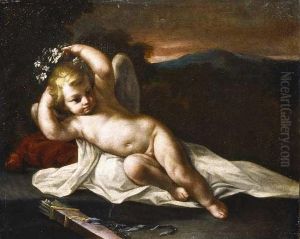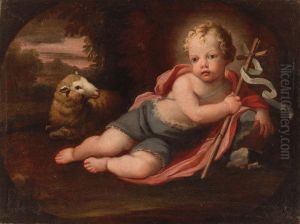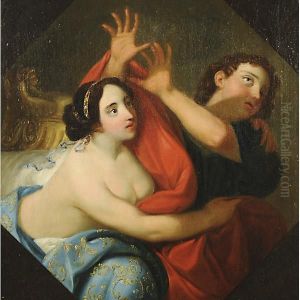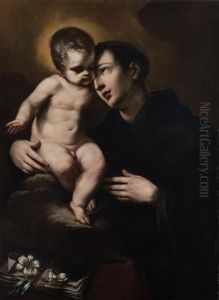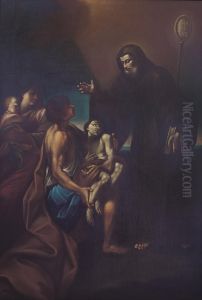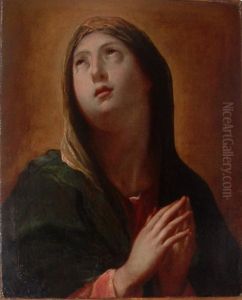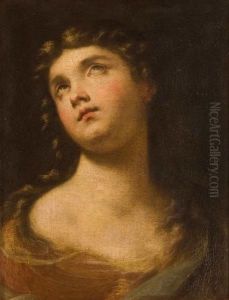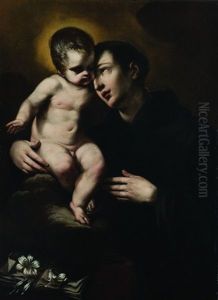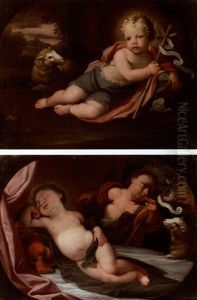Felice Cignani Paintings
Felice Cignani was an Italian painter of the Baroque period, born in 1660 in Bologna, Italy. He was the son of the renowned Bolognese painter Carlo Cignani, from whom Felice inherited both his artistic talent and his workshop. Despite the prominence of his father, there are relatively fewer historical records about Felice’s life and career compared to his father, which has led to some confusion and less recognition for his individual contributions to the art world.
Felice Cignani continued the artistic legacy of his family, developing a style that was heavily influenced by his father and the Bolognese school. His works are characterized by their use of soft colors, graceful figures, and a skillful blending of light and shade, which were hallmarks of his father’s style as well. He was particularly adept at religious and mythological subjects, and his paintings often conveyed a sense of serene elegance and poise.
Despite working in the shadow of his father, Felice managed to achieve a degree of success and recognition in his own right. He worked extensively for churches and private patrons in Bologna and the surrounding regions. After the death of Carlo Cignani in 1719, Felice took over the leadership of the family workshop. He continued to produce works that were appreciated for their delicate execution and emotional depth.
Felice Cignani's works occasionally suffer from a degree of confusion with those of his father due to the similarities in their styles and the continuation of the same workshop. However, art historians have worked to distinguish the contributions of the two artists, ensuring that Felice's role in the Italian Baroque movement is recognized and appreciated.
Felice Cignani died in 1724, after which the prominence of the Cignani artistic lineage began to wane. Despite this, his works remain a testament to the enduring legacy of the Bolognese school of painting and the influence of the Cignani family in the Baroque era. His paintings can be found in various Italian churches and collections, and they continue to be studied for their technical skill and historical significance within the context of 17th and early 18th-century Italian art.
